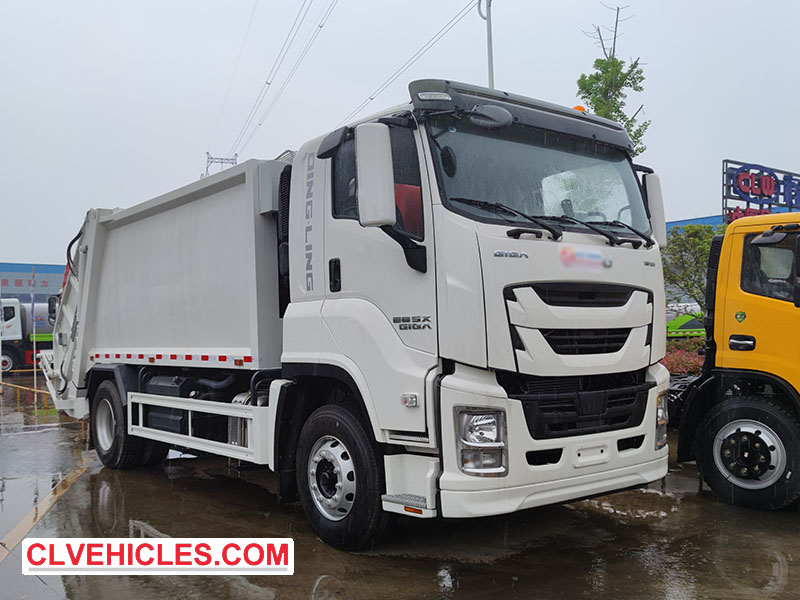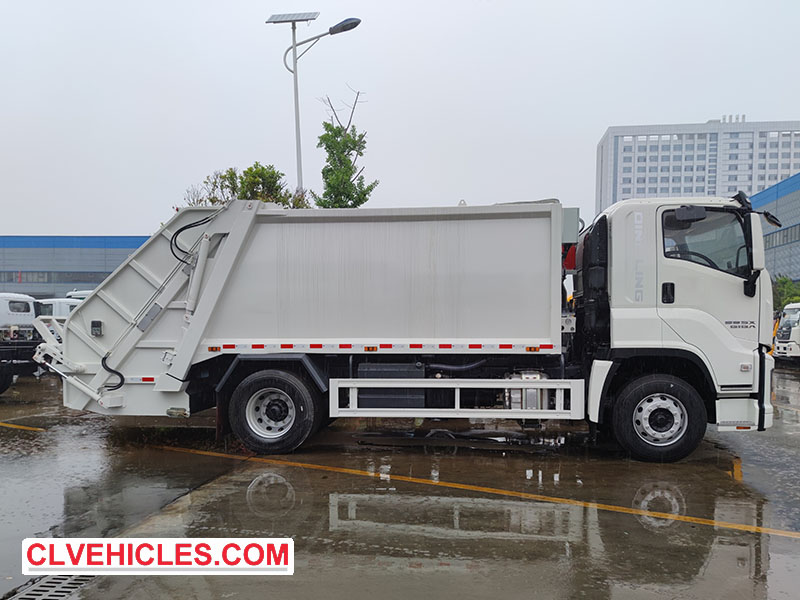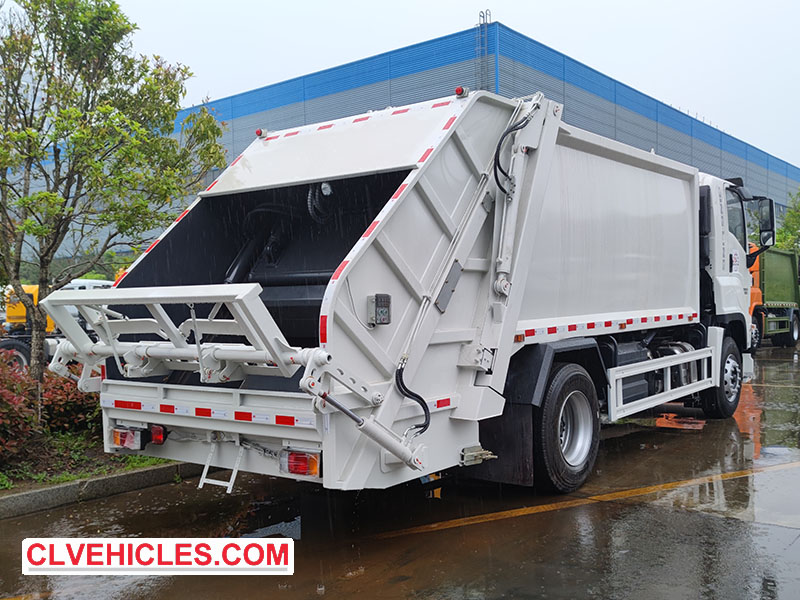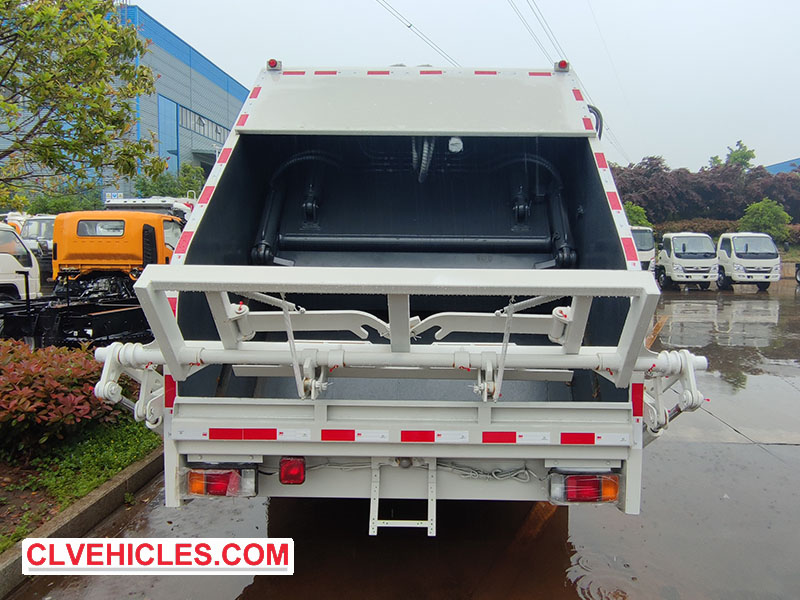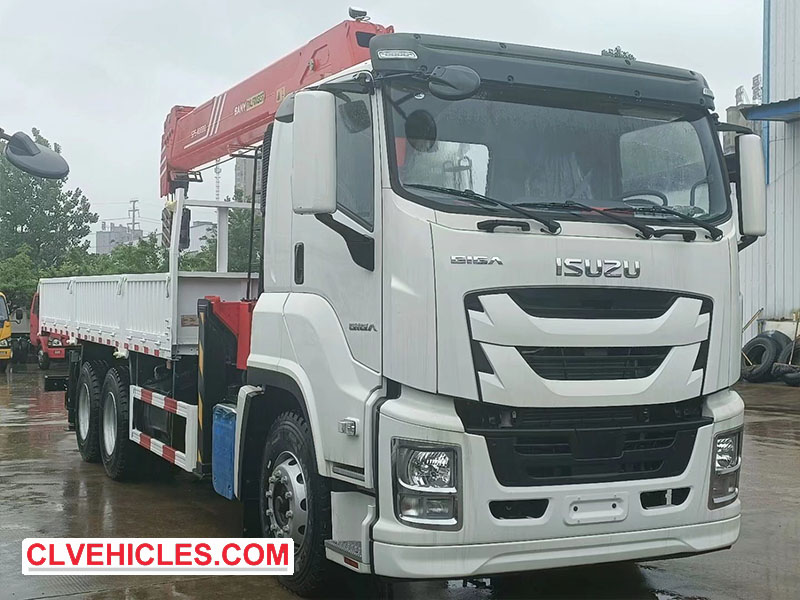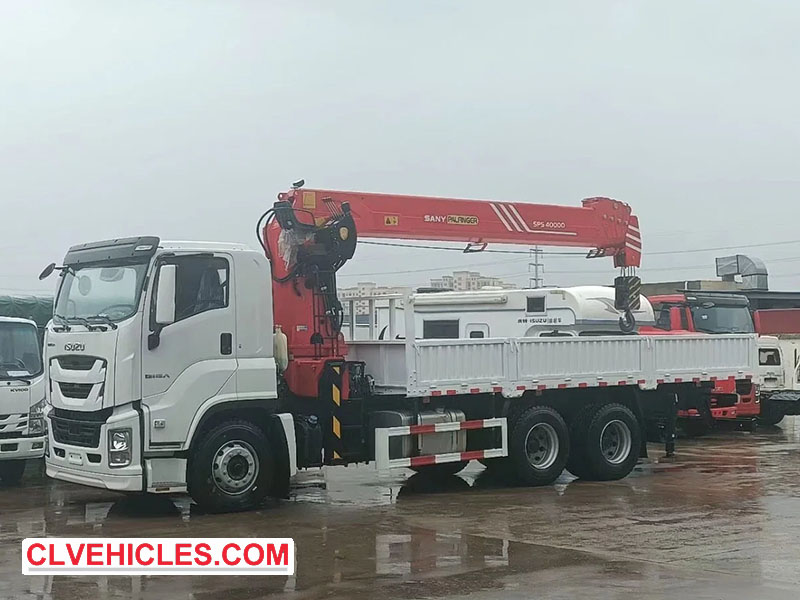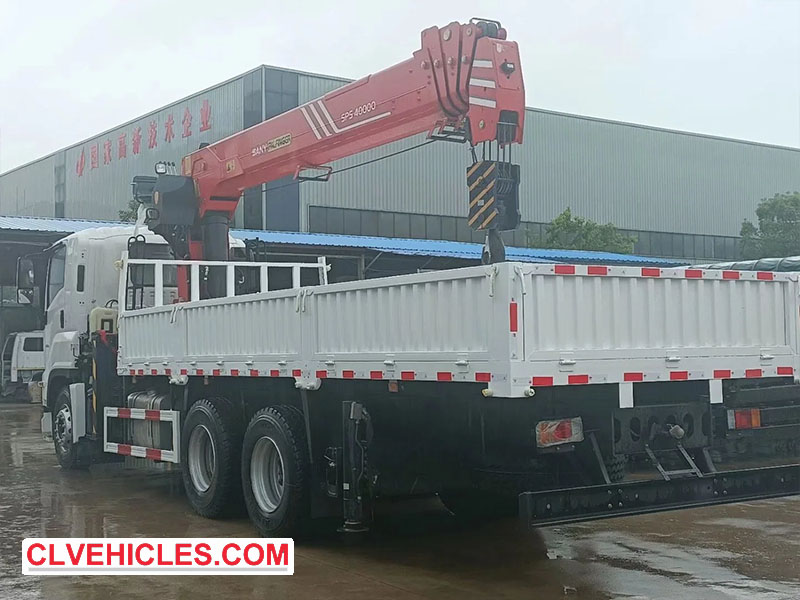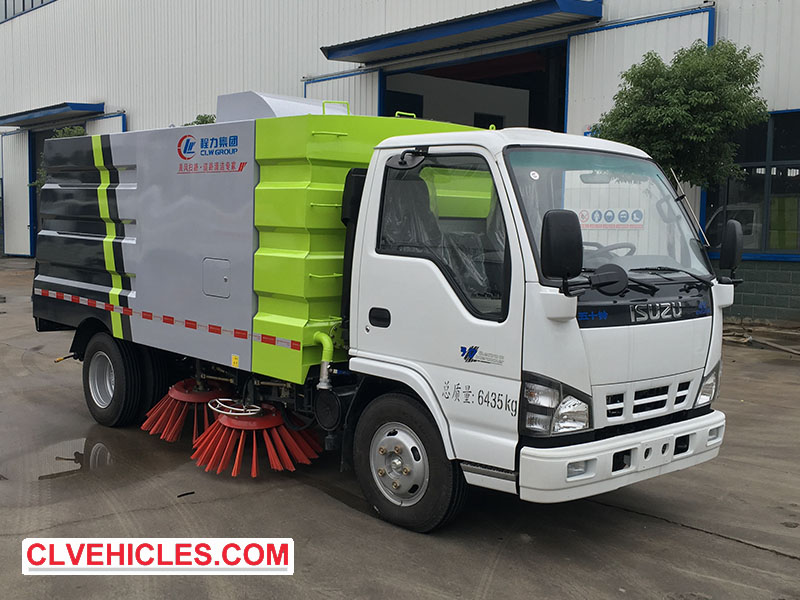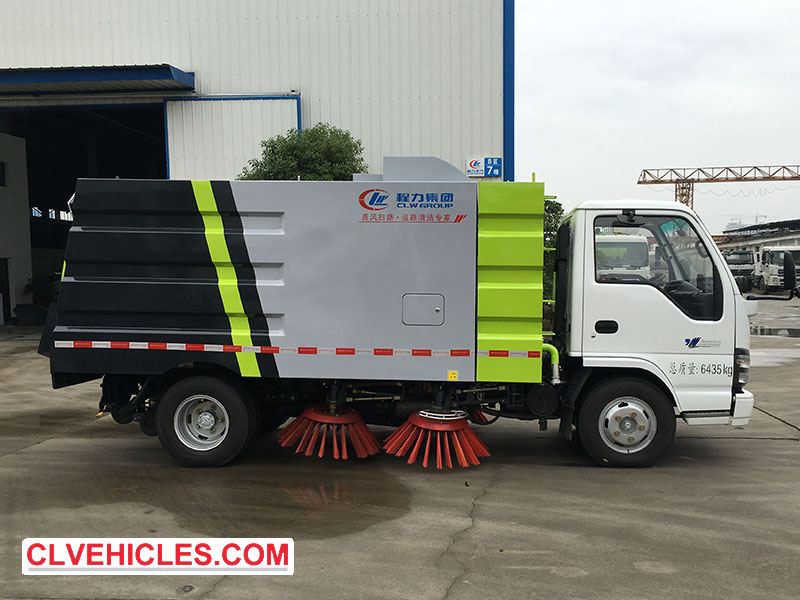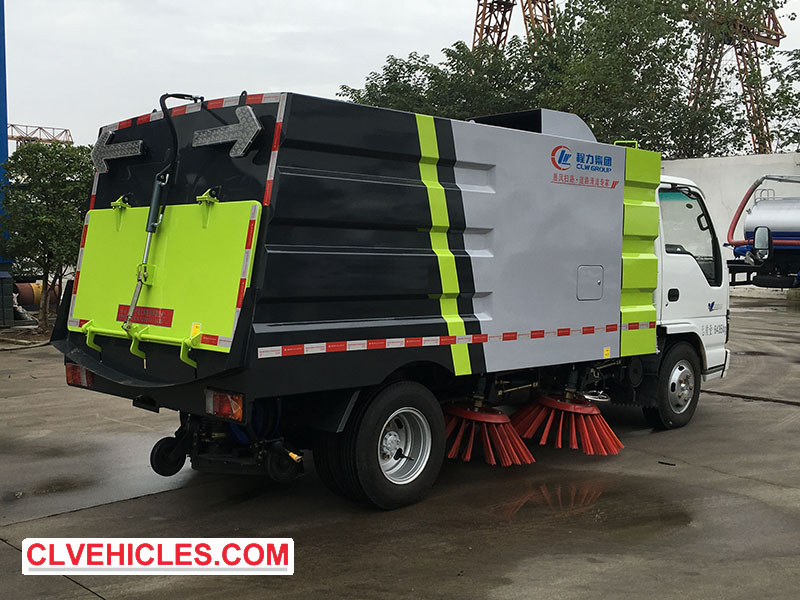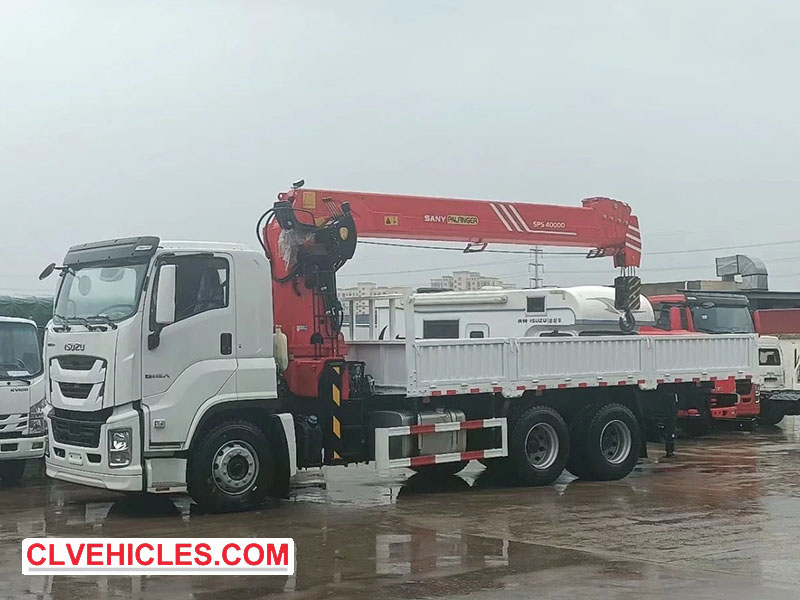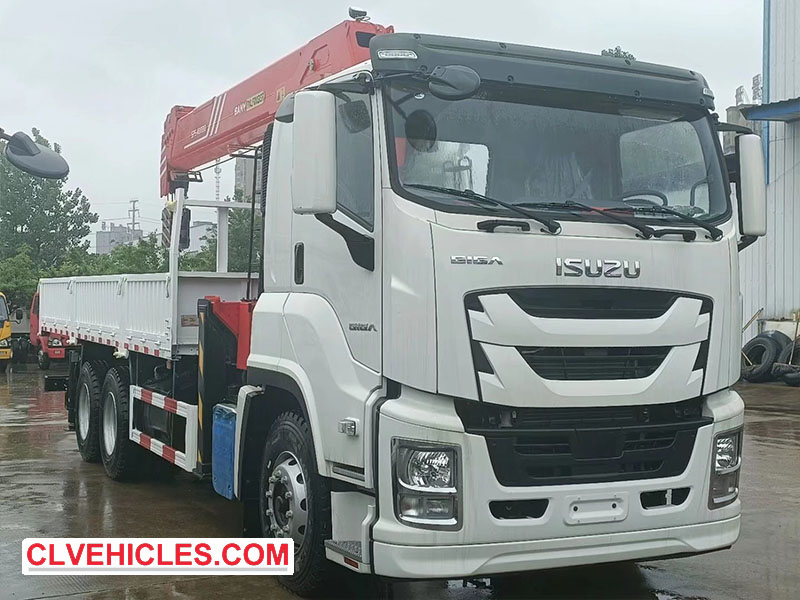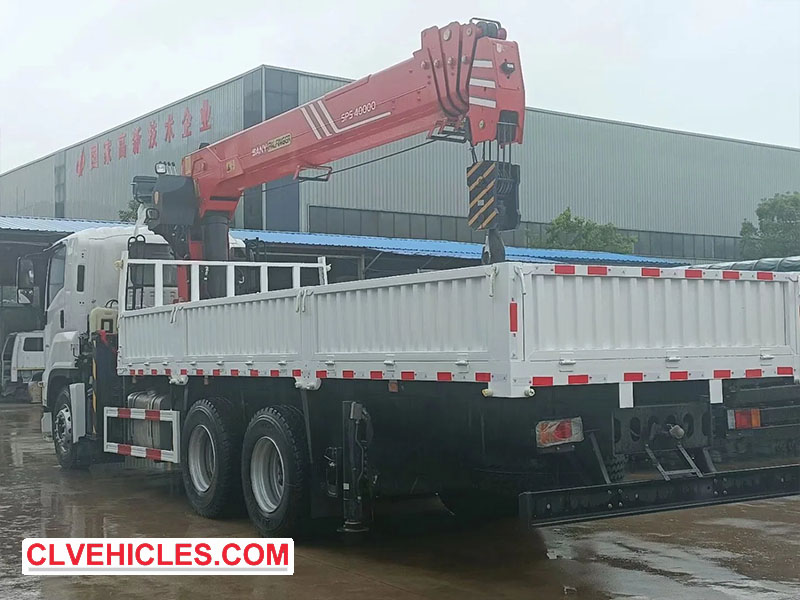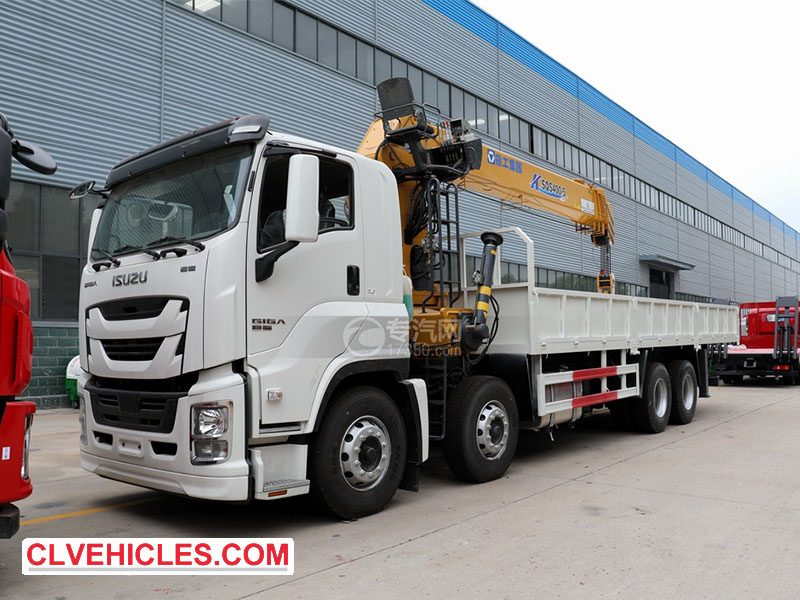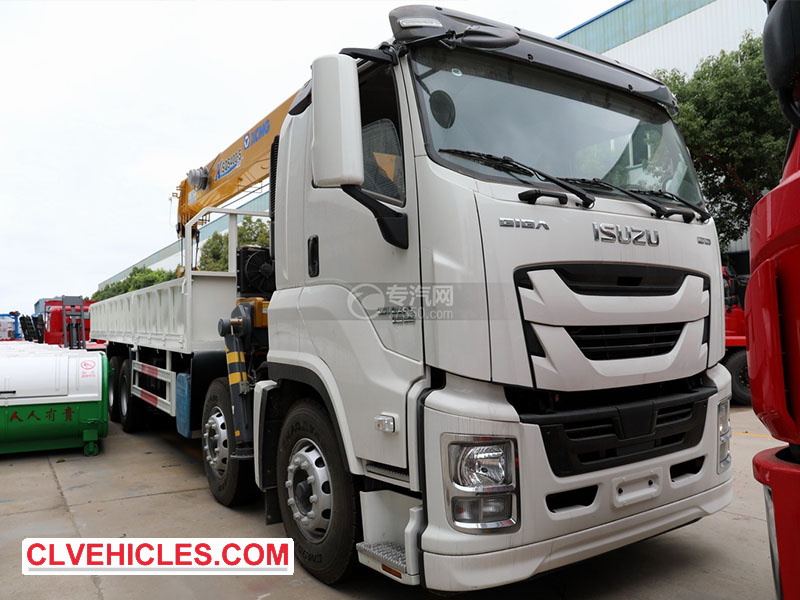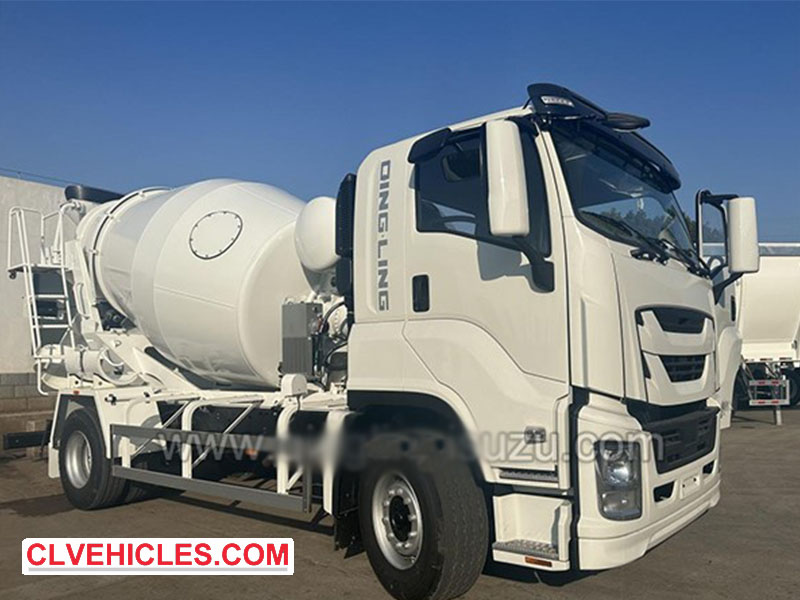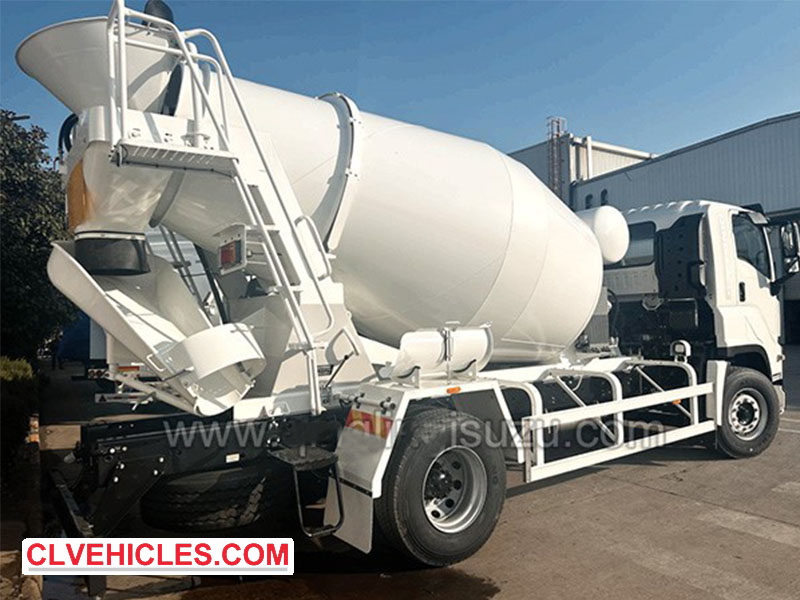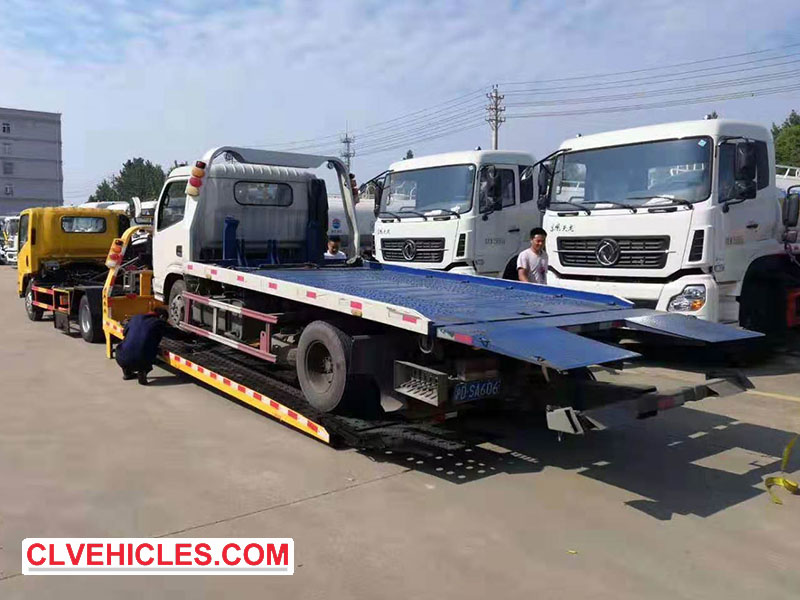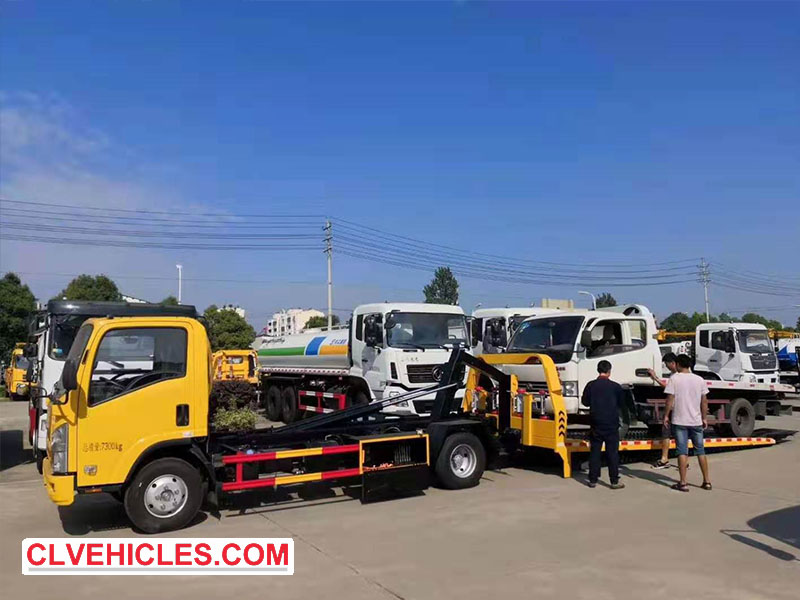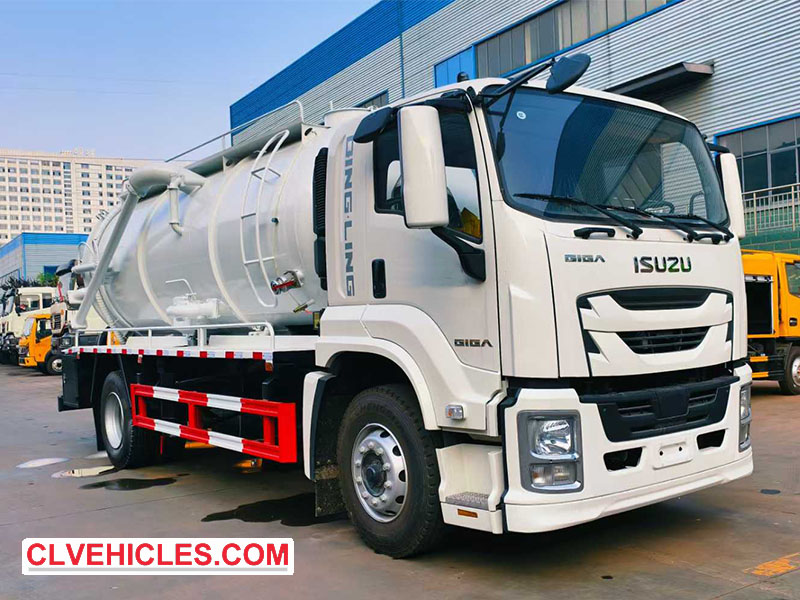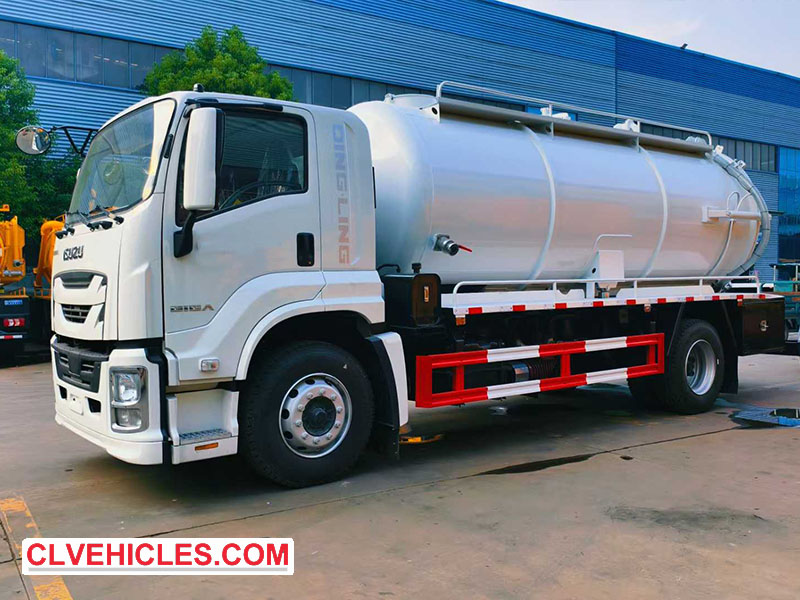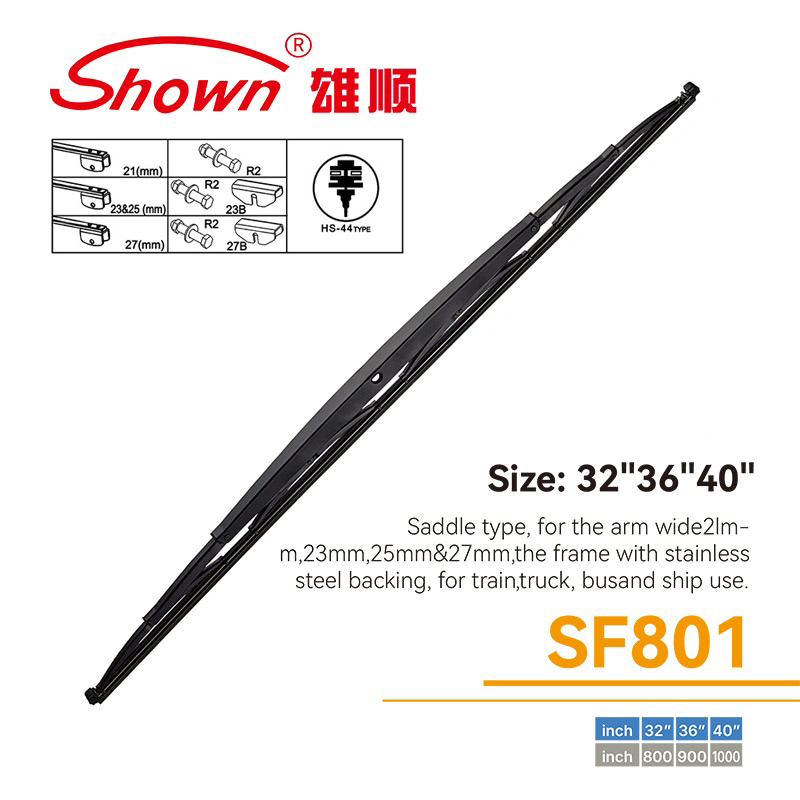As specialized trucks used specifically for transporting concrete, ISUZU concrete mixer trucks require ongoing and thorough daily maintenance to ensure their service life and operational performance. Neglecting proper maintenance can severely impact functionality and lifespan. The following is a basic maintenance guide for ISUZU concrete mixer trucks.
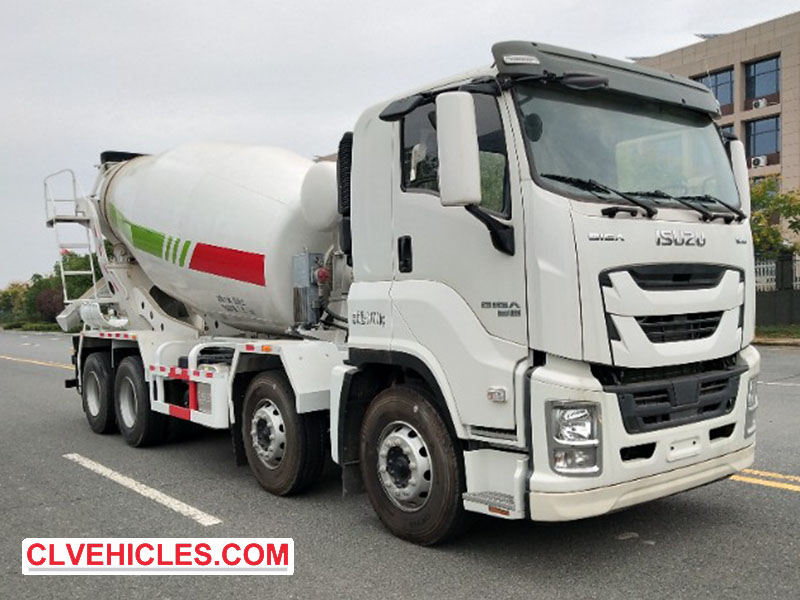
For new trucks, perform an initial inspection within the first 50 hours of operation. Inspect all bolts, including those connecting the tank and reducer, the reducer base and front platform, the tugboat base and frame, and the auxiliary and main beams. Perform these inspections monthly after this initial inspection.

Before daily operation, confirm that the lubricating oil between the support wheels and raceways is sufficient, and refill as necessary to maintain optimal lubrication. Additionally, check the oil level in the cooler and reducer to ensure it is within visible range. It is crucial to keep the hydraulic system clean and well-sealed to prevent contamination from dust or moisture, which can cause system failure or damage.
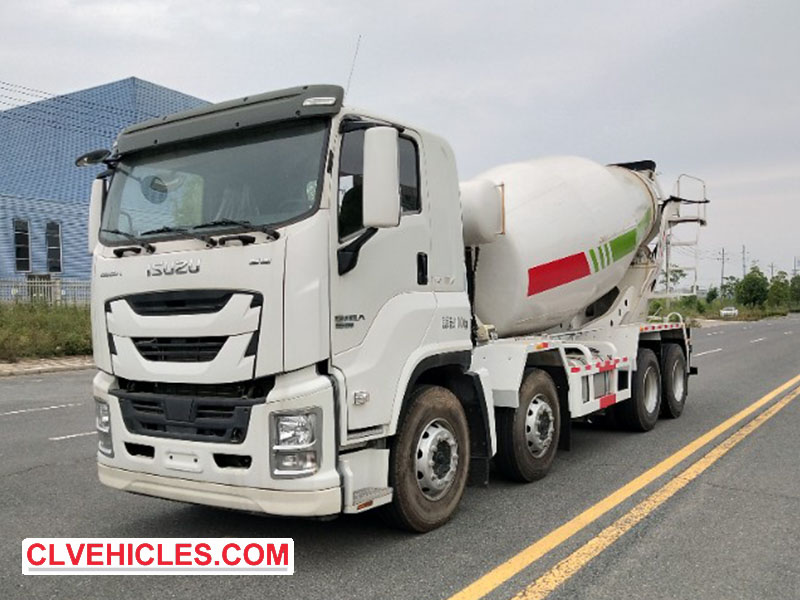
Monthly maintenance should include cleaning accumulated dirt from the support wheels and rollers. Apply grease through the grease nipples on the support wheels, and ensure that the drive shaft is lubricated at least once a month.
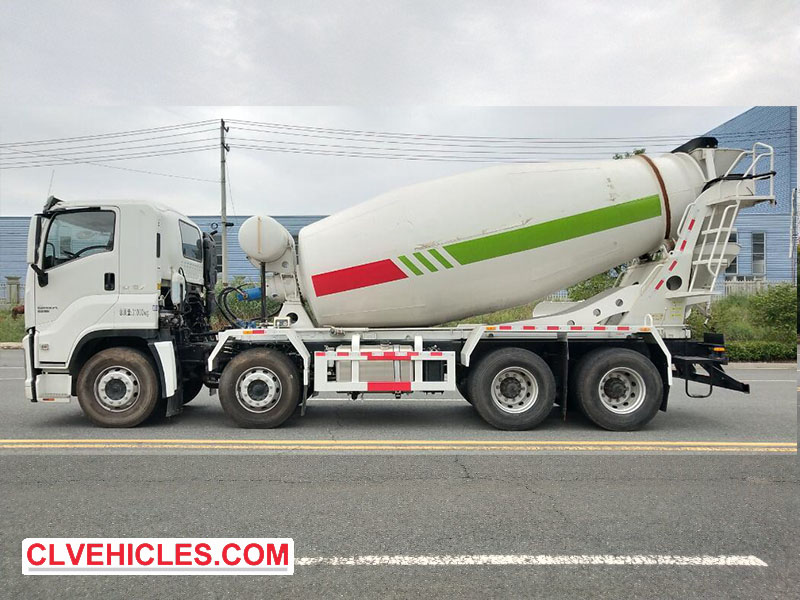
The hydraulic system, especially high-precision components such as the hydraulic pump, requires regular maintenance. While these parts are designed for easy maintenance, they require high-quality hydraulic fluid and regular filter changes. Change the hydraulic fluid and filter after the first 500 hours of operation, then every 2,000 hours or at least annually. Always change the oil and filter with the engine turned off to avoid damaging the hydraulic system.

Avoid welding or replacing the water tank, and protect it from heavy impact. Regularly replace the ice display tube and filter to prevent blockages that could affect water flow. Frequently check that all valves are functioning properly and address any abnormalities promptly. In freezing conditions, ensure that the water supply system is drained to prevent pipe damage. Continuously apply sealant to critical areas of the direct system to maintain a reliable seal.
ISUZU Concrete Mixer Truck,ISUZU Cement Mixer,ISUZU Transit Mixer



